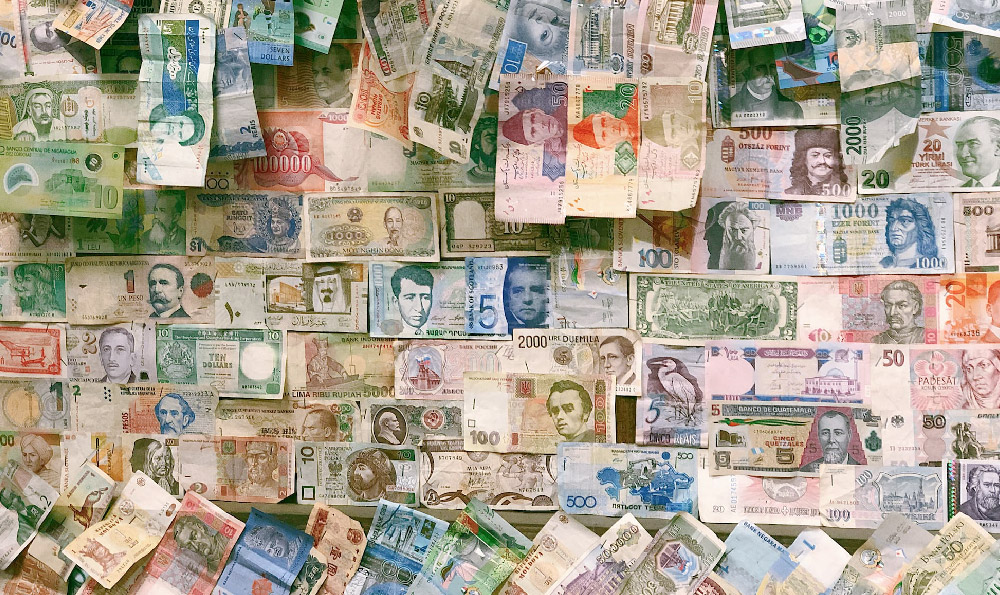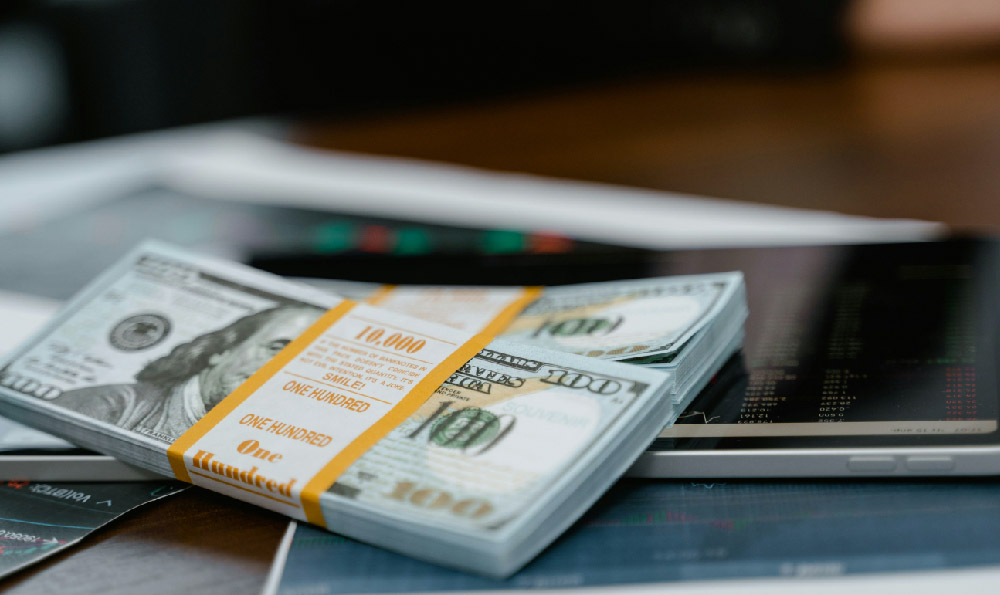how to monetize your art career as a profitable business

Monetizing your art career as a profitable business requires a strategic blend of creativity, market insight, and financial prudence. The digital age has revolutionized the way artists engage with audiences and generate income, creating unprecedented opportunities for those willing to adapt. Yet, navigating this evolving landscape demands more than artistic talent—it necessitates a deep understanding of emerging platforms, audience behavior, and the economic forces that shape the art world. By aligning your creative vision with actionable business principles, you can transform your art into a sustainable revenue stream while minimizing exposure to volatile market conditions.
The first step in building an art business lies in recognizing the shift toward digital-first models. Traditional avenues like galleries and art fairs remain relevant, but they now compete with online marketplaces such as OpenSea, Rarible, and SuperRare, where digital art and non-fungible tokens (NFTs) have gained mainstream traction. These platforms enable artists to bypass intermediaries, sell directly to collectors, and retain a higher percentage of proceeds. However, success in these spaces hinges on more than just uploading work; it involves crafting a compelling narrative around your art, leveraging data analytics to gauge audience engagement, and strategically positioning your pieces to resonate with niche or broad markets. For instance, tracking metrics like click-through rates, social media shares, and sales conversion rates can help refine your approach, allowing you to identify which styles, themes, or formats attract the most interest.
Diversification is a critical pillar of any profitable art business. Relying on a single revenue model—whether selling physical prints, offering commissions, or monetizing through exhibitions—can leave you vulnerable to market fluctuations. Instead, consider creating a multi-tiered income strategy that includes merchandise collaborations, licensing rights for use in media or branding, and educational content. Digital art, in particular, lends itself to innovation in this regard. Artists can offer limited-edition physical prints paired with NFTs, creating a dual-value proposition that appeals to both traditional and digital collectors. Additionally, the rise of virtual galleries and augmented reality (AR) experiences opens new avenues for monetization, enabling you to sell immersive art installations that can be viewed or interacted with across multiple platforms.

Building a loyal audience is equally vital. Social media and content creation tools have democratized visibility, allowing artists to cultivate communities without significant institutional backing. Platforms like Instagram, TikTok, and YouTube provide opportunities to showcase your work, share behind-the-scenes insights, and engage with potential buyers. However, merely posting art online is not enough; consistency and authenticity are key. Establishing a content calendar that balances creative releases with educational posts about your process, inspirations, or the cultural context of your work can create a deeper connection with viewers. This, in turn, increases the likelihood of repeat purchases and word-of-mouth referrals. Moreover, data from these platforms can reveal trends in audience preferences, helping you tailor your offerings to align with demand.
Risk management is often overlooked in artistic pursuits, but it is essential for long-term profitability. The art market is inherently unpredictable, with demand fluctuating based on cultural shifts, economic downturns, or technological advancements. To mitigate these risks, artists should adopt a diversified portfolio approach, spreading their work across different mediums, price ranges, and platforms. This strategy not only reduces dependency on a single market but also allows for testing and refining your concepts without significant financial exposure. For example, experimenting with digital art first can serve as a low-cost way to gauge market interest before investing in larger-scale physical projects. Additionally, protecting intellectual property through trademarks, copyrights, and digital watermarks ensures that your work cannot be replicated or sold without your consent.
The role of personal branding cannot be overstated. In a saturated market, standing out requires more than exceptional art—it demands a clear identity that resonates with your target audience. Developing a unique visual style, message, or cultural perspective can create a recognizable brand that commands value. This involves not only the art you produce but also how you present it. A cohesive aesthetic across social media, packaging, and promotional materials reinforces professionalism and credibility. Furthermore, building relationships with curators, collectors, and influencers can open doors to exclusive opportunities, such as gallery features or curated collections. These partnerships often come with financial benefits, including commissions or shared revenue from sales.
Technology is increasingly shaping the monetization of art. Beyond NFTs, tools like blockchain can provide transparency in transactions, ensuring that artists receive fair compensation and track the provenance of their work. Similarly, AI-driven analytics can help you identify patterns in buyer behavior, optimize pricing strategies, and even automate marketing efforts. For instance, AI can analyze social media engagement to suggest the best times to post, or use predictive modeling to forecast demand for specific artworks. Embracing these technologies may initially seem daunting, but they can enhance efficiency and profitability, allowing you to focus more on creative endeavors.
Ultimately, the monetization of your art career is a dynamic process that requires continuous adaptation. Remaining informed about market trends, experimenting with new formats, and refining your strategies based on performance data are all essential steps. At the same time, cultivating a strong personal brand and prioritizing risk management ensures that your artistic journey remains both financially viable and culturally impactful. By combining these elements, you can turn your passion for art into a thriving business that not only sustains your creative output but also generates lasting value.














